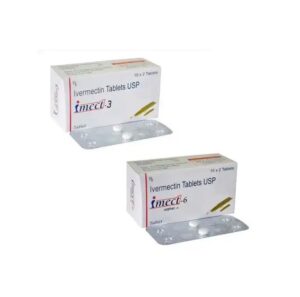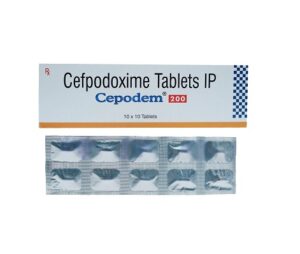What Is Keflex and how is it used?
Keflex is a prescription medicine used to treat the symptoms of various bacterial infections by stopping the growth of bacteria. Keflex may be used alone or with other medications.
Keflex is known as a cephalosporin antibiotic.
What Are Side Effects of Keflex?
Keflex may cause serious side effects including:
- severe stomach pain,
- diarrhea that is watery or bloody,
- unusual tiredness,
- feeling light-headed or short of breath,
- easy bruising,
- unusual bleeding,
- purple or red spots under your skin,
- seizure,
- pale skin,
- cold hands and feet,
- yellowed skin, dark colored urine,
- fever,
- weakness ,
- pain in your side or lower back,
- painful urination,
Get medical help right away, if you have any of the symptoms listed above.
The most common side effects of Keflex include:
- diarrhea,
- nausea,
- vomiting,
- indigestion,
- stomach pain,
- vaginal itching or discharge,
Tell the doctor if you have any side effect that bothers you or that does not go away.
DOSAGE AND ADMINISTRATION
Adults And Pediatric Patients At Least 15 Years Of Age
The usual dose of oral KEFLEX is 250 mg every 6 hours, but a dose of 500 mg every 12 hours may be administered. Treatment is administered for 7 to 14 days.
For more severe infections larger doses of oral KEFLEX may be needed, up to 4 grams daily in two to four equally divided doses.
Pediatric Patients (over 1 year of age)
The recommended total daily dose of oral KEFLEX for pediatric patients is 25 to 50 mg/kg given in equally divided doses for 7 to 14 days. In the treatment of β-hemolytic streptococcal infections, duration of at least 10 days is recommended. In severe infections, a total daily dose of 50 to 100 mg/kg may be administered in equally divided doses.
For the treatment of otitis media, the recommended daily dose is 75 to 100 mg/kg given in equally divided doses.
SIDE EFFECTS
The following serious events are described in greater detail in the Warning and Precautions section:
- Hypersensitivity reactions
- Clostridium difficile-associated diarrhea
- Direct Coombs’ Test Seroconversion
- Seizure Potential
- Effect on Prothrombin Activity
- Development of Drug-Resistant Bacteria
Clinical Trials Experience
Because clinical trials are conducted under widely varying conditions, adverse reaction rates observed in the clinical trials of a drug cannot be directly compared to rates in the clinical trials of another drug and may not reflect the rates observed in practice
In clinical trials, the most frequent adverse reaction was diarrhea. Nausea and vomiting, dyspepsia, gastritis, and abdominal pain have also occurred. As with penicillins and other cephalosporins, transient hepatitis and cholestatic jaundice have been reported.
Other reactions have included hypersensitivity reactions, genital and anal pruritus, genital candidiasis, vaginitis and vaginal discharge, dizziness, fatigue, headache, agitation, confusion, hallucinations, arthralgia, arthritis, and joint disorder. Reversible interstitial nephritis has been reported. Eosinophilia, neutropenia, thrombocytopenia, hemolytic anemia, and slight elevations in aspartate transaminase (AST) and alanine transaminase (ALT) have been reported.
In addition to the adverse reactions listed above that have been observed in patients treated with KEFLEX, the following adverse reactions and other altered laboratory tests have been reported for cephalosporin class antibacterial drugs:
Other Adverse Reactions
Fever, colitis, aplastic anemia, hemorrhage, renal dysfunction, and toxic nephropathy.
OVERDOSE
Symptoms of oral overdose may include nausea, vomiting, epigastric distress, diarrhea, and hematuria. In the event of an overdose, institute general supportive measures.
Forced diuresis, peritoneal dialysis, hemodialysis, or charcoal hemoperfusion have not been established as beneficial for an overdose of cephalexin.
CONTRAINDICATIONS
KEFLEX is contraindicated in patients with known hypersensitivity to cephalexin or other members of the cephalosporin class of antibacterial drugs.






Reviews
There are no reviews yet.